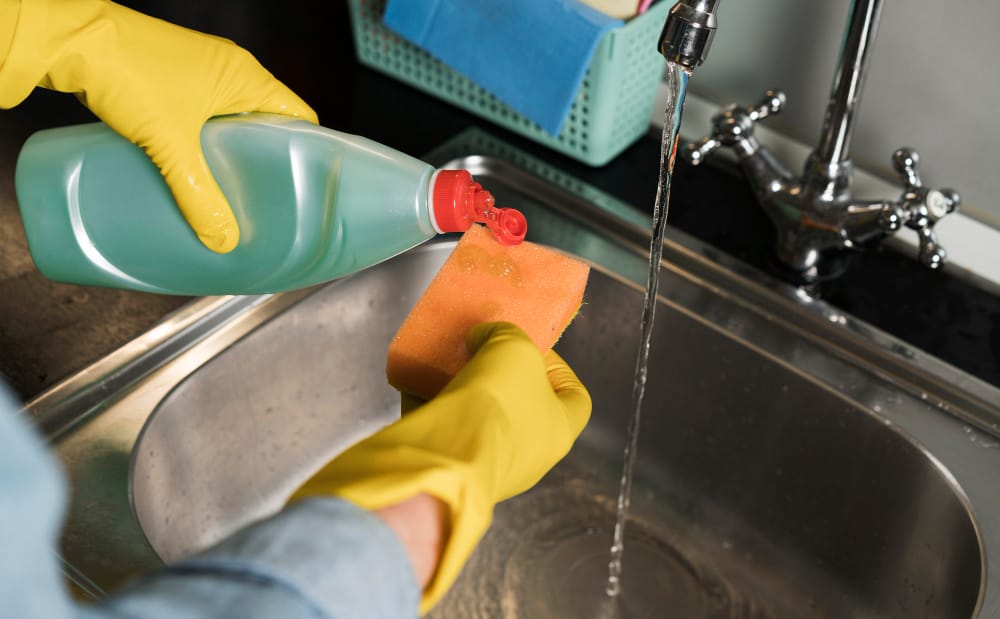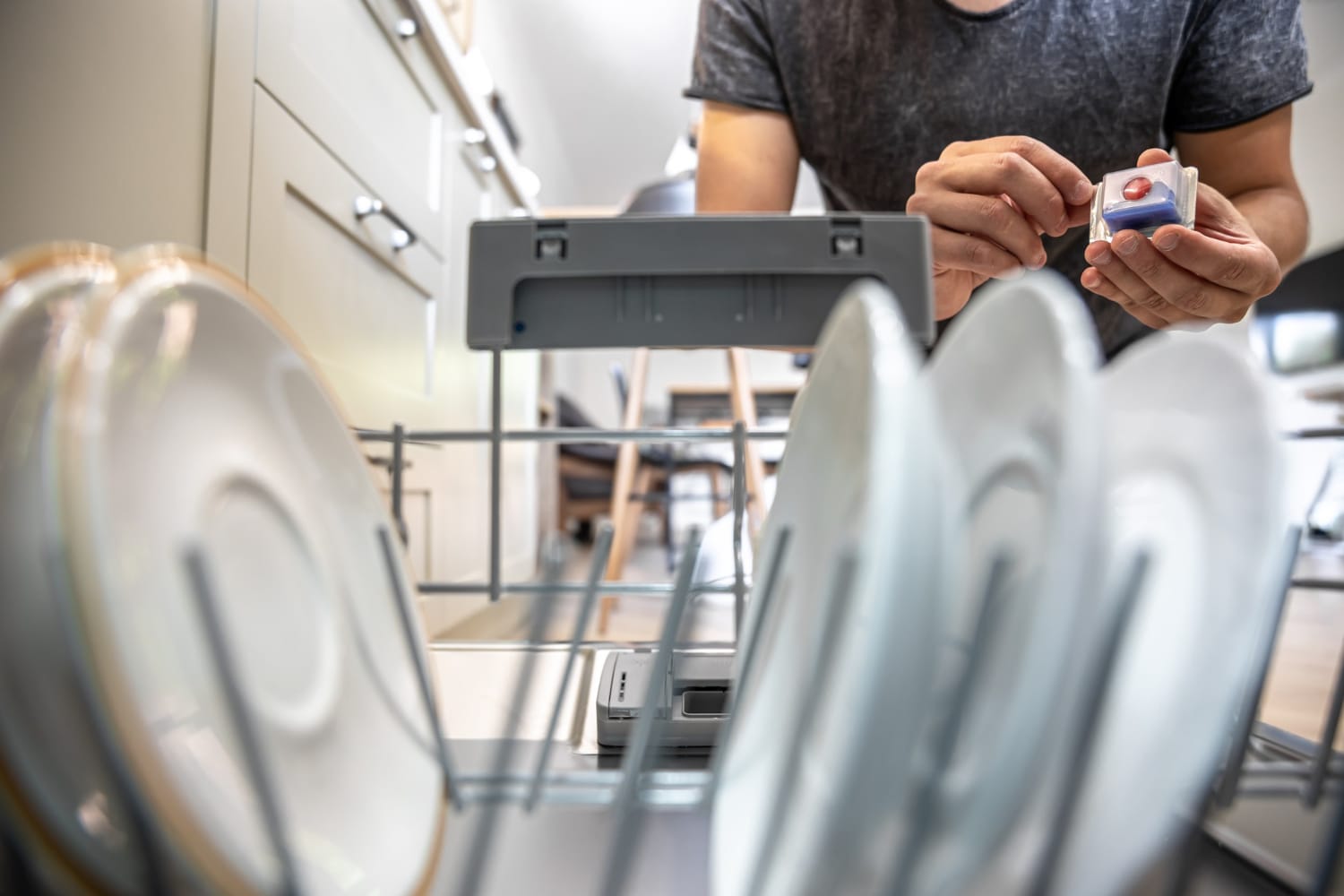Did you know that the sponge in your kitchen can harbor up to 45 billion bacteria per square centimeter?
Not only that, but it can also house a staggering 362 different species of bacteria in just one sponge, comparable to the number found in your toilet bowl.
Now, you may be contemplating tossing it out or wondering if you can simply wash it clean.
While some people opt for dishwashers or microwaves to sterilize their sponges, beware that these methods can actually pose a fire hazard.
While replacing it on a weekly basis seems like a logical solution, it’s essential to note that most conventional sponges are made of non-recyclable or non-compostable plastic or oil-based materials. Consequently, every week, you contribute to the growing pile of plastic waste in our oceans and landfills.
Armed with this knowledge of the unsanitary and environmentally harmful nature of sponges, it’s time to explore safer alternatives for your cleaning needs. Consider options such as a dish brush, an unsponge made from natural and biodegradable fibers like cotton or jute, a silicone sponge, or a linen dishcloth.
However, even with these alternatives, it’s crucial not to become complacent. We recommend replacing your cleaning tool at least once a month and strictly limiting the sponge’s use to dishes only. Avoid using it to clean toilets, bathroom sinks, countertops, or other surfaces. After each use, make sure to thoroughly rinse the sponge with running water and squeeze out excess moisture to keep it dry.
Make an informed choice today and embrace cleaner, greener options for a healthier and more sustainable kitchen cleaning routine.



